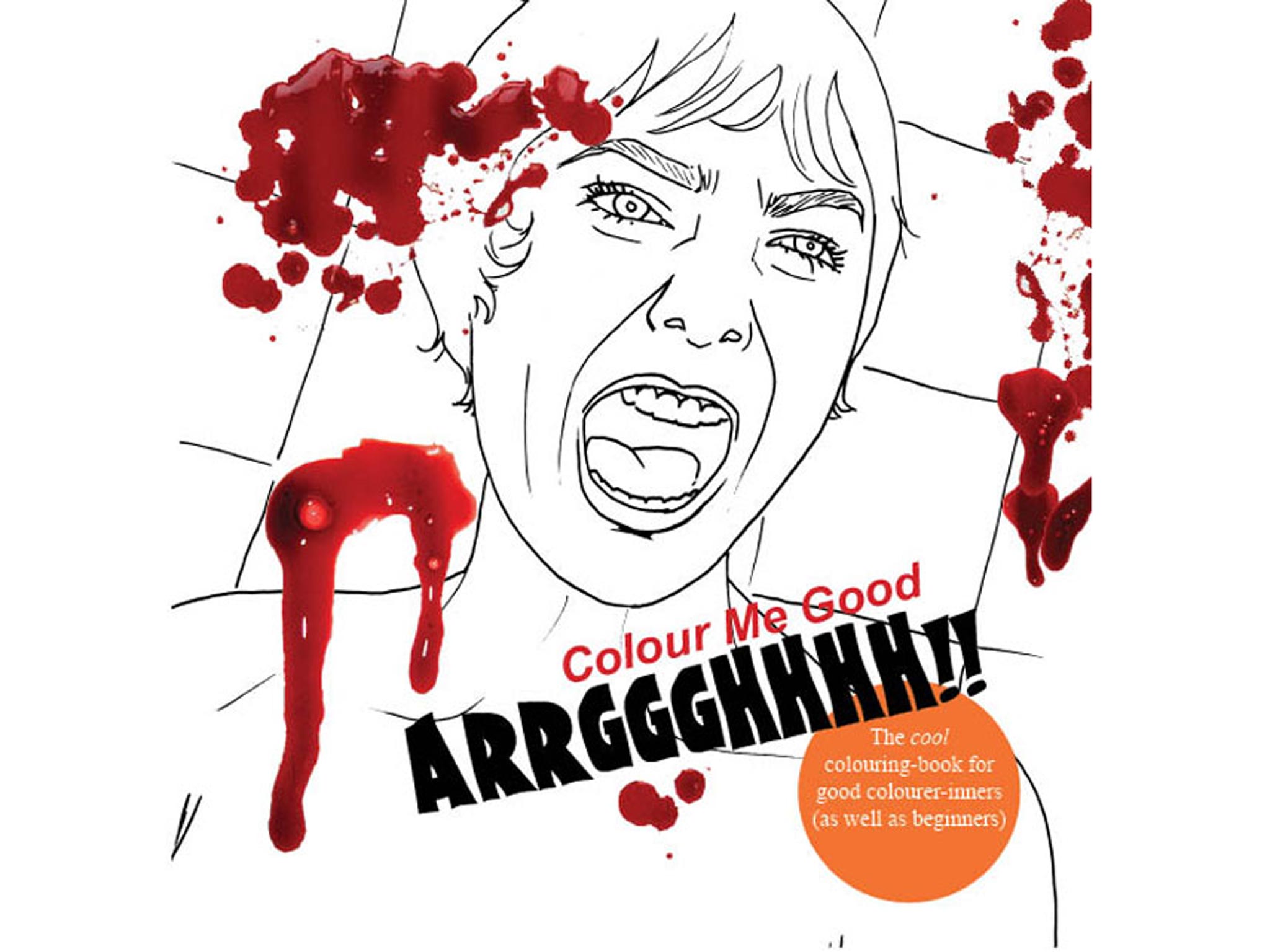The rise of adult colouring books doesn't have to spell the end of our rich literary heritage
Colouring clears your head and lifts your spirits - what's wrong with that?


From Shakespeare to Twain, and Austen to Orwell, readers have spent centuries unpicking the brains of history’s finest wordsmiths in order to broaden their own horizons. To crack open a good book is to escape into a realm of other-worldly prose and priceless knowledge.
Or, at least it used to be – because apparently mighty words are no longer able to compete with crayons. That’s right: it’s not the irritatingly popular Fifty Shades of Grey that is currently leading the sales charts over in America, but a colouring book for adults.
Scottish illustrator Johanna Basford has already sold over 1.4m copies of her 96-page book of black-and-white pictures of flowers and leaves – and similar products are taking the UK book charts by storm, too.
Let that sink in for a moment. Countless minds moulded by wise tomes and powerful words, and these are the books that grown adults want to buy? My creaking bookshelf weeps for society, and I’ll bet Ernest Hemmingway is turning in his grave. What on earth have we become? How did we fall so far?
Okay, let’s hit the brakes for just a moment – and please don’t throw out your dusty first editions just yet. The wild popularity of this latest “book” fad doesn’t necessarily spell the end of our rich literary heritage. If we really strip this back, it’s actually just a depressing insight into the terrifying times in which we’re living.
The world can be a pretty stressful place. Between rising house prices, warring countries and an impending chocolate shortage, everything we know is constantly being challenged, and external battles wreak havoc on our ability to deal rationally with our own personal struggles.
It’s impossible (and a little insulting) to try and explain any number of mental health issues using a few meaningless words. No two cases are alike. But as silly as it might sound to those fortunate souls who have never experienced mental health issues, colouring is one of many fantastic ways to cope with stress, depression or anxiety.
In fact, books like Johanna Basford’s Secret Garden are being marketed specifically as a form of “anti-stress therapy”. That’s not because evil admen are trying to make a quick quid, but because colouring books genuinely do afford people the opportunity to take on a creative (but menial) task they can do literally anywhere. Colouring clears your head and lifts your spirits. For those less musically or verbally inclined, it’s also a fantastic way to express yourself.
Now, is it a little bit sad that novels aren’t selling like they used to? Maybe. The publishing industry has struggled to cope with evolving technologies and withering demand for lengthy prose, and our own lack of interest in reading is a self-inflicted shot in the foot. But society is also getting more stressful every day, and the surging popularity of these adult colouring books has presented us with a pretty crucial issue: how should we be coping with that stress?
So, please do not abandon reading. But the next time you see somebody on the train with their head buried in a colouring book, don’t scoff. Instead, perhaps you should think about following their example. You might be surprised how much it helps.

Join our commenting forum
Join thought-provoking conversations, follow other Independent readers and see their replies